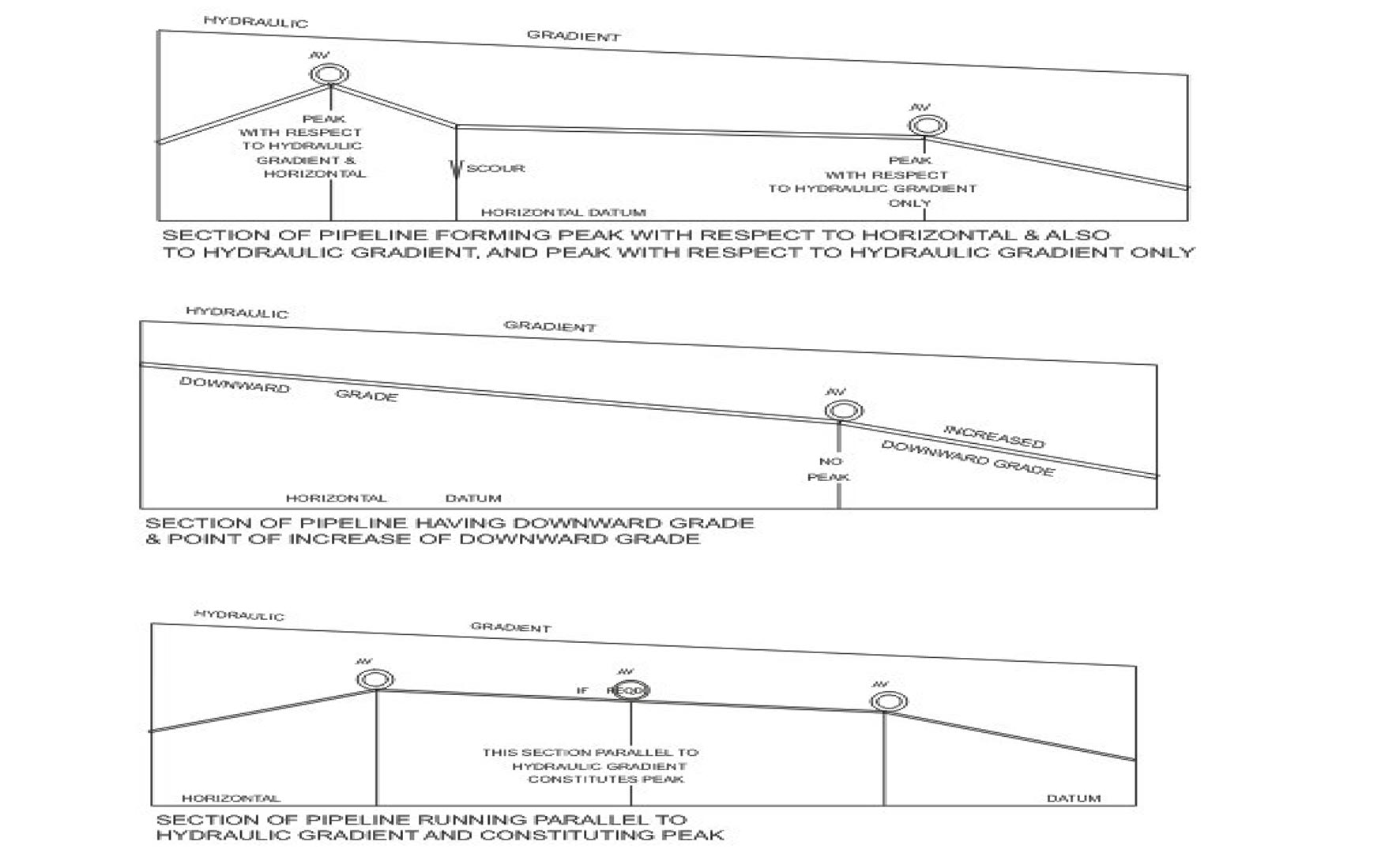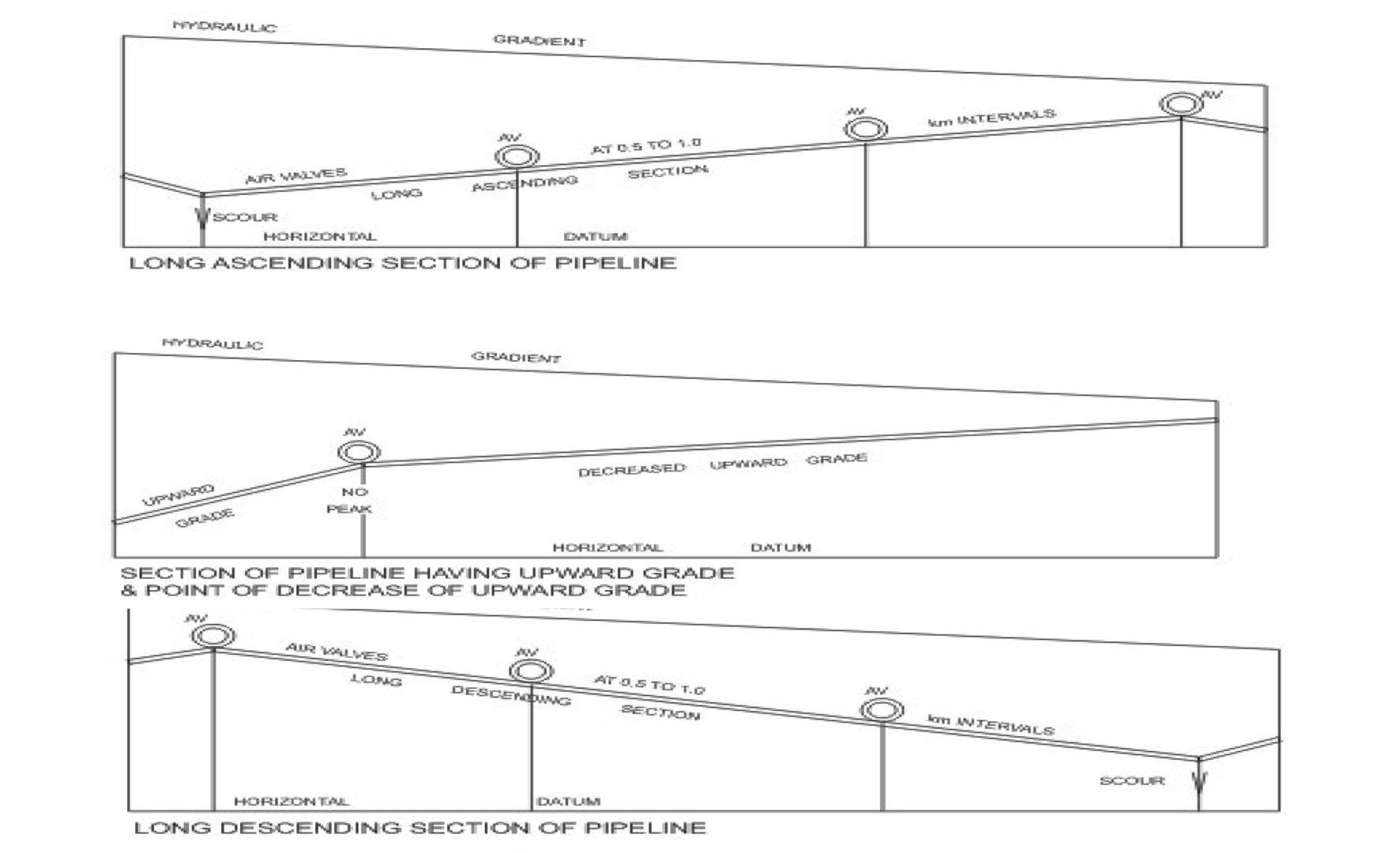AIR VALVE (FOR WATER)
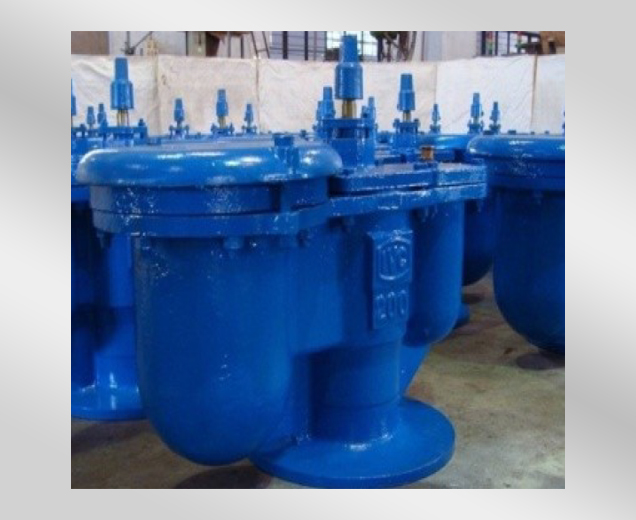
Double Air valve(H40)
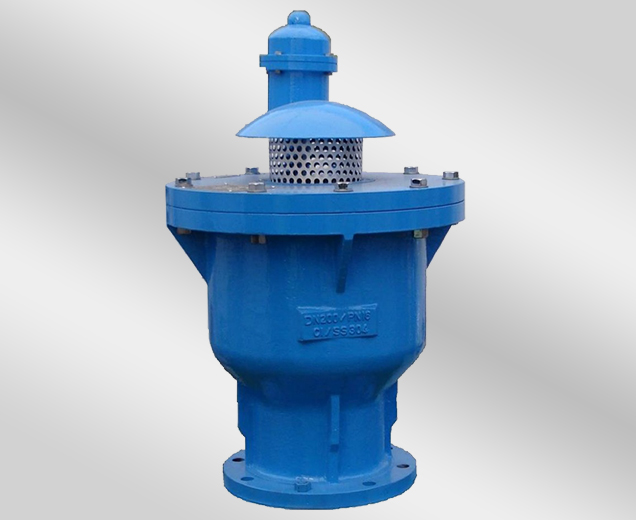
Combination Air Valve
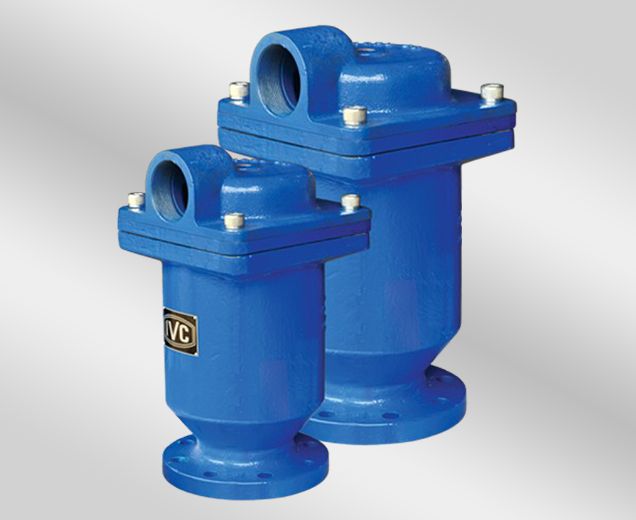
Single Chamber (Triple function)
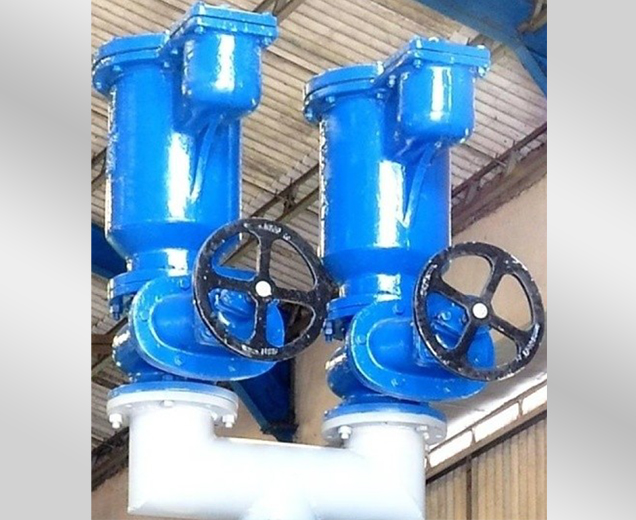
Kinetic Air Valve (H42K)
Pipe lines must breathe, inhale air when being emptied (to prevent collapse) or exhale when being charged with water. And while the pipeline is running full, the dissolved air in water must be purged from time to time to ensure optimum health of the system.
There are 4 principal types available besides the 2 small sizes for smaller mains, each having its own positive features.
An isolating valve must essentially be provided below the air valve to isolate it for carrying out maintenance in the air valve, with the pipe line below running full.
GUIDELINE FOR USAGE:
- For mains size larger than 1200 NB, it is recommended that a cluster of 2 or 3 be used in one location
- Normally 10 bar rated, 16 bar or higher pressure on request.
- Single Air Valve of size 1” as per IS: 14845 can be supplied, suitable for 100 NB mains
- These valves are not recommended for sewage application.
- Other Special valves for water application are Air Vacuum Valve (upto 350 NB) and Air Release valve (150 NB)
- For Sewage application, IVC has an all St St construction Air valve (Tailor made valve).
| Valve size | For Mains size |
|---|---|
| 50ø | Up to 200ø |
| 80ø | 225 - 350ø |
| 100ø | 400 - 500ø |
| 150ø | 600 - 900ø |
| 200ø | 1000 - 1200ø |
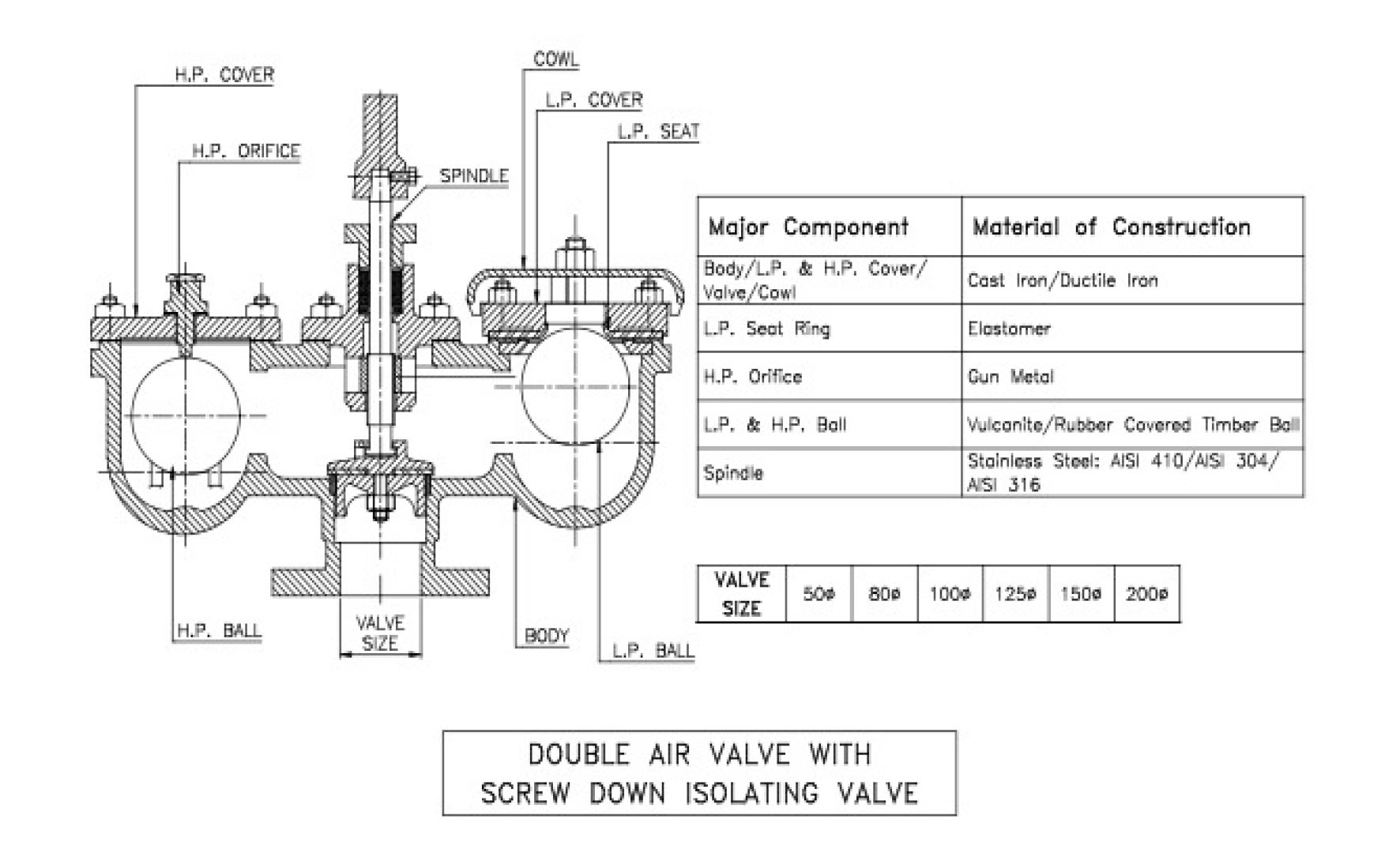
DOUBLE AIR VALVE WITH SCREW DOWN ISOLATING VALVE
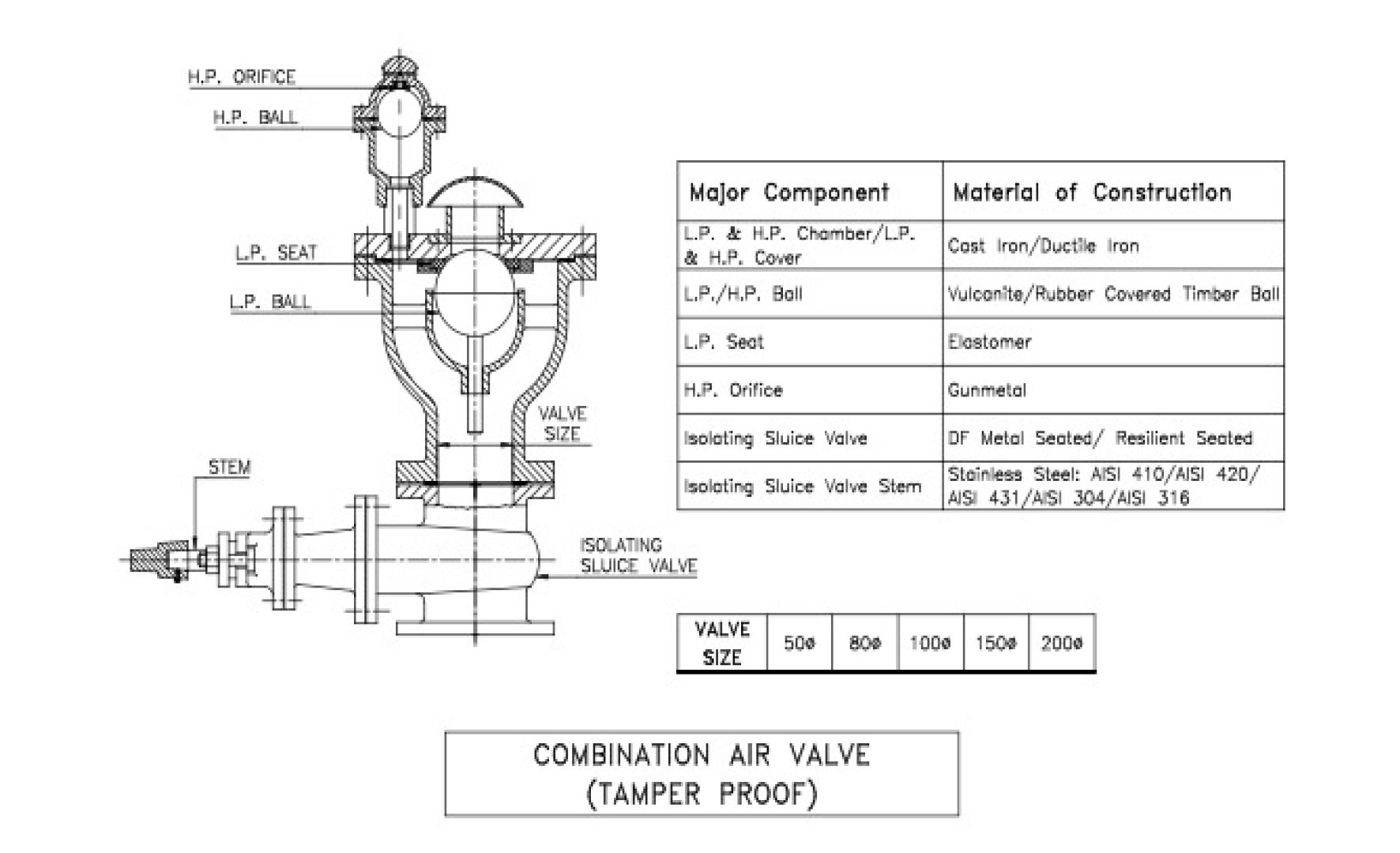
COMBINATION AIR VALVE (TAMPER PROOF)
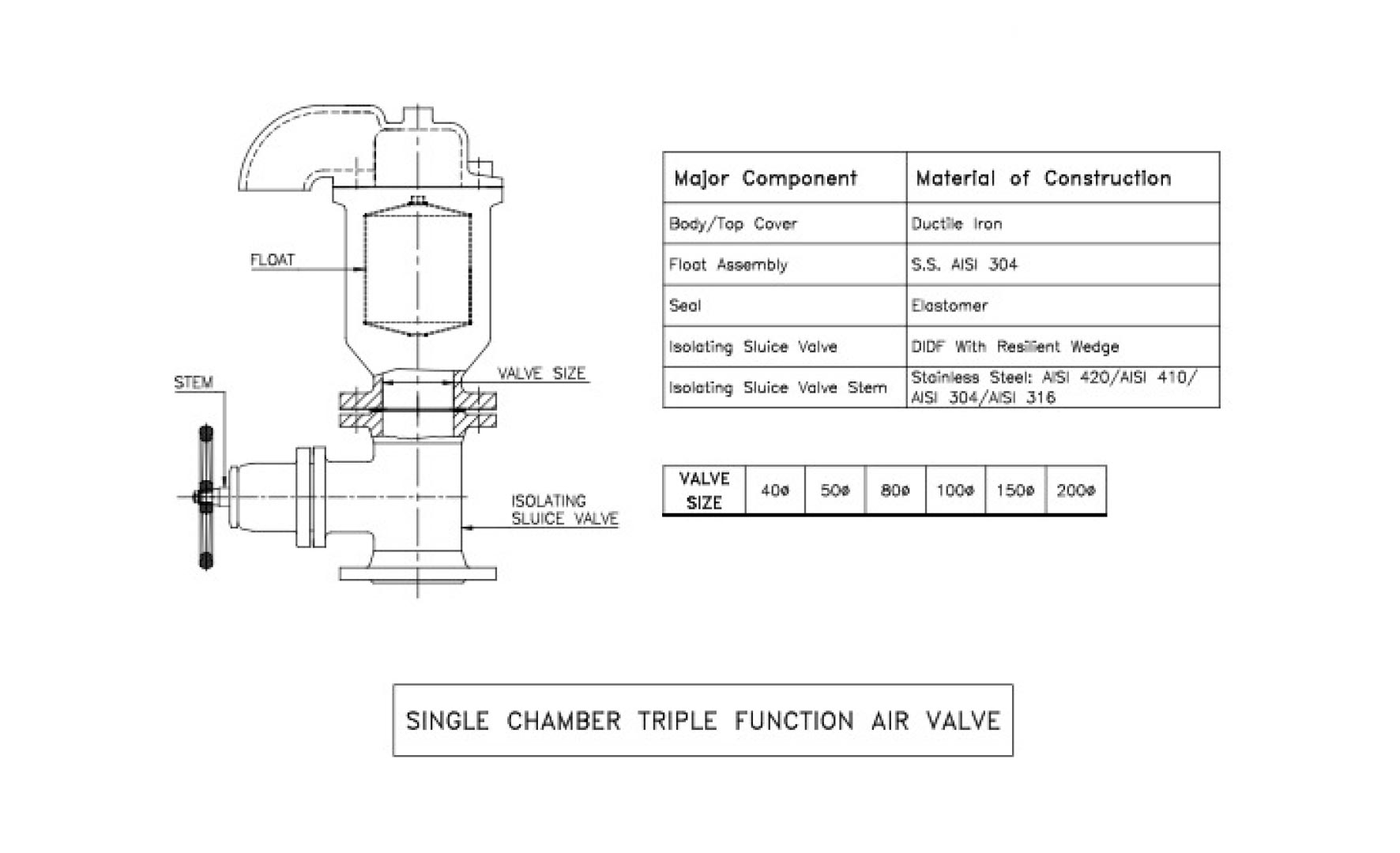
SINGLE CHAMBER TRIPLE FUNCTION AIR VALVE
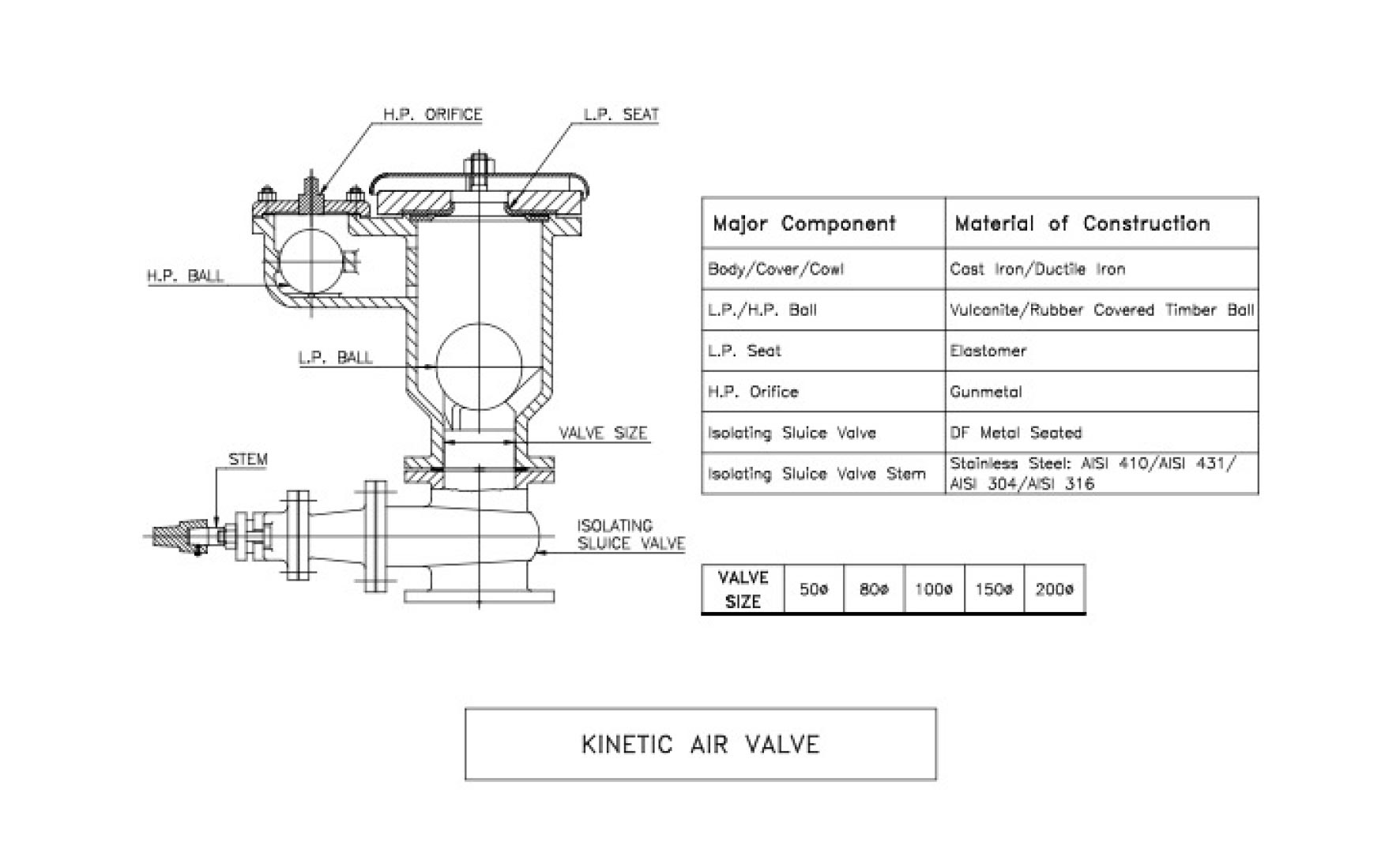
KINETIC AIR VALVE
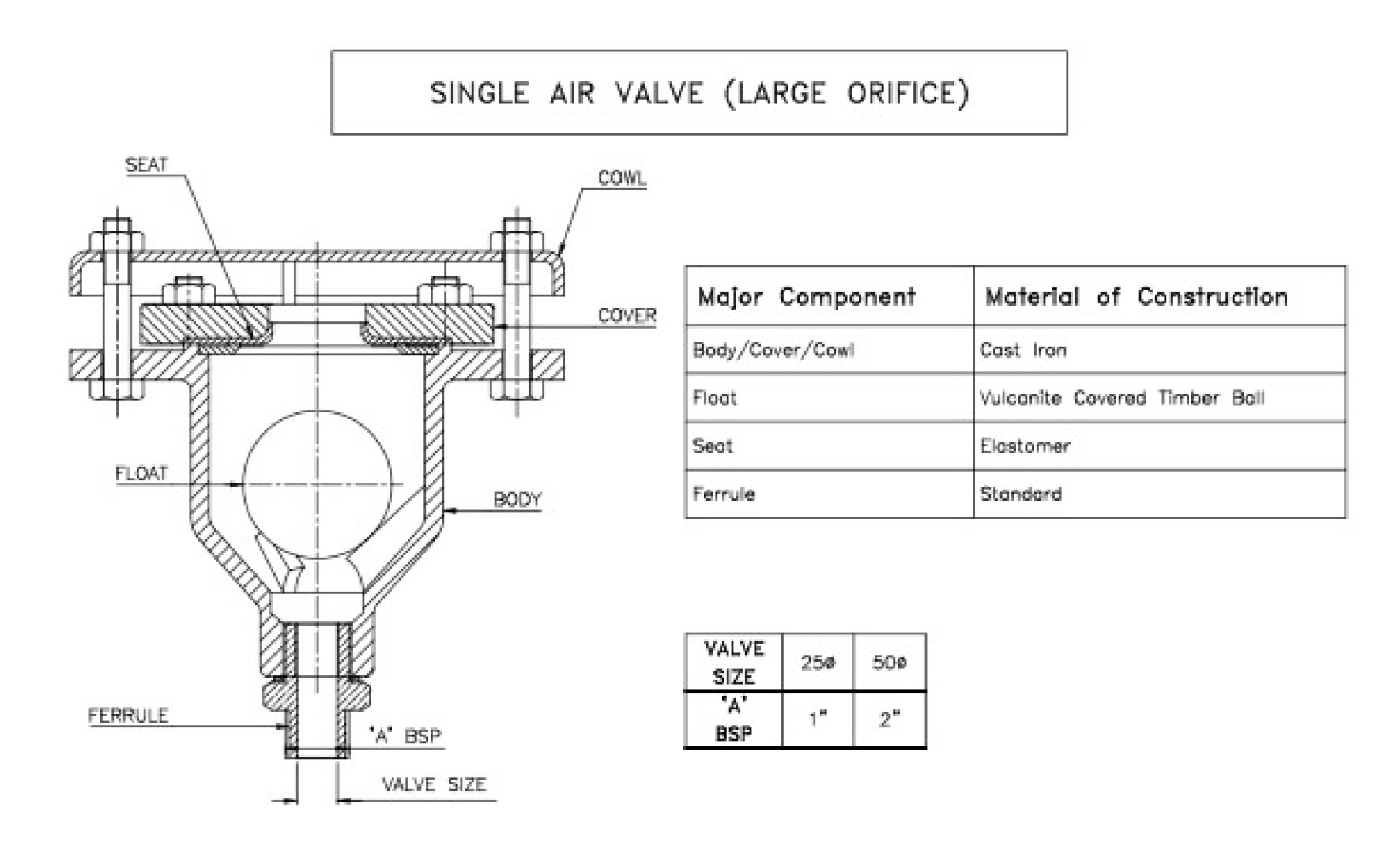
SINGLE AIR VALVE (LARGE ORIFICE)
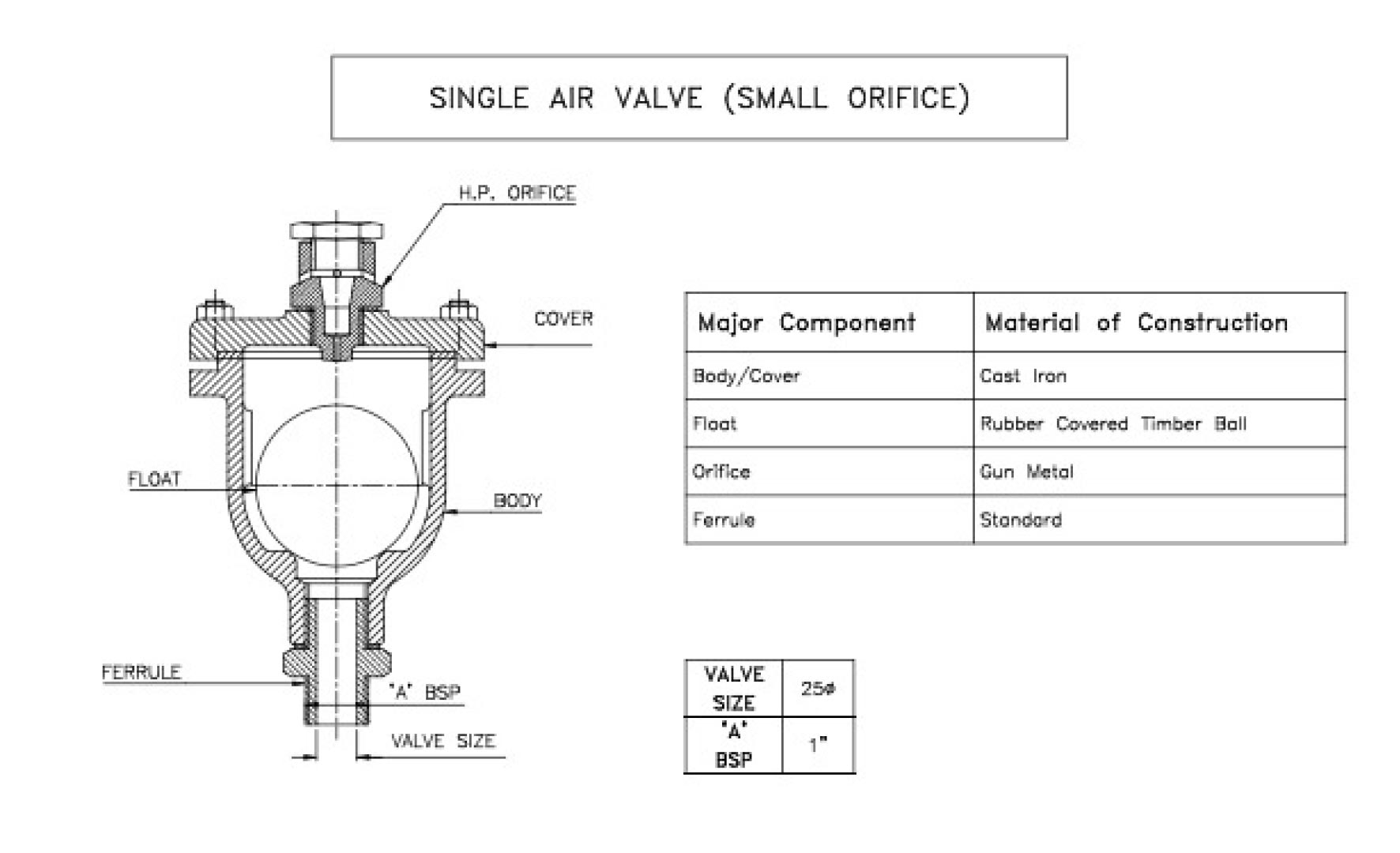
SINGLE AIR VALVE (SMALL ORIFICE)
LOCATING AIR VALVE ON PIPELINE
The presence of free air in pipeline can reduce the severity of water hammer considerably. Celerity(speed) of an elastic wave with ,say 2% of air at a pressure head of 50 m of water reduces celerity from about 1100m/s to 160 m/s for a typical pipe line .On the other hand air in a rising main , whether in solution or in bubble from can have number of ill effects.
- Cavitation:
- The formation of vacuous cavities which subsequently rapidly collapse and erode the pump or pipe
- Headloss:
- Accelerating water past air pockets formed in pipes, leading to head losses
- Other forms may include surging, Corrosion, reduced pump efficiency, malfunctioning of valves or vibrations
A pipeline designer therefore has to factor in all the aforesaid, the critical level of permissible vacuum inside a pipeline to prevent collapse vis-a-vis the suction and discharge capacity of an air valve (curves on request) before deciding upon the type, size, spacing and location of these equipment.
